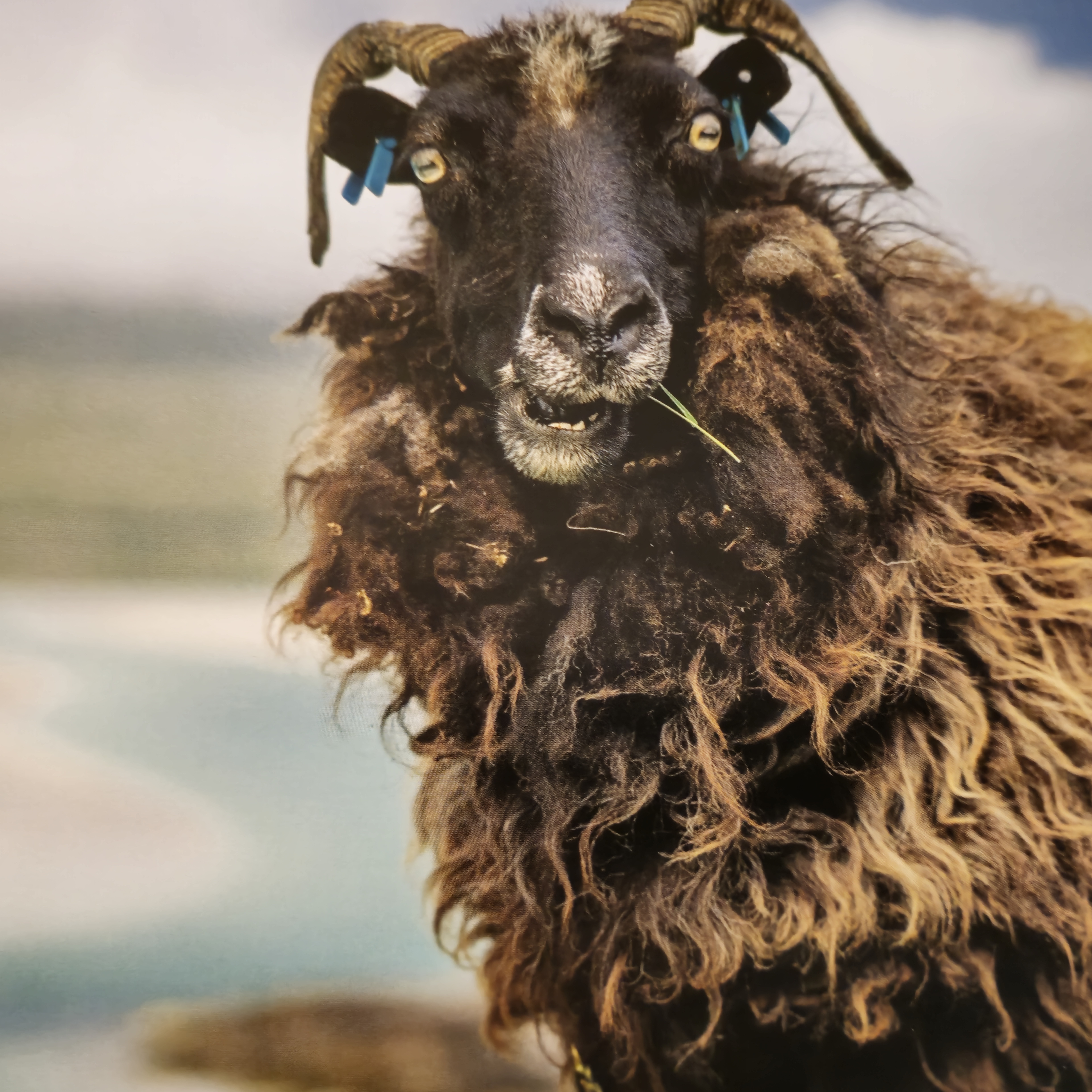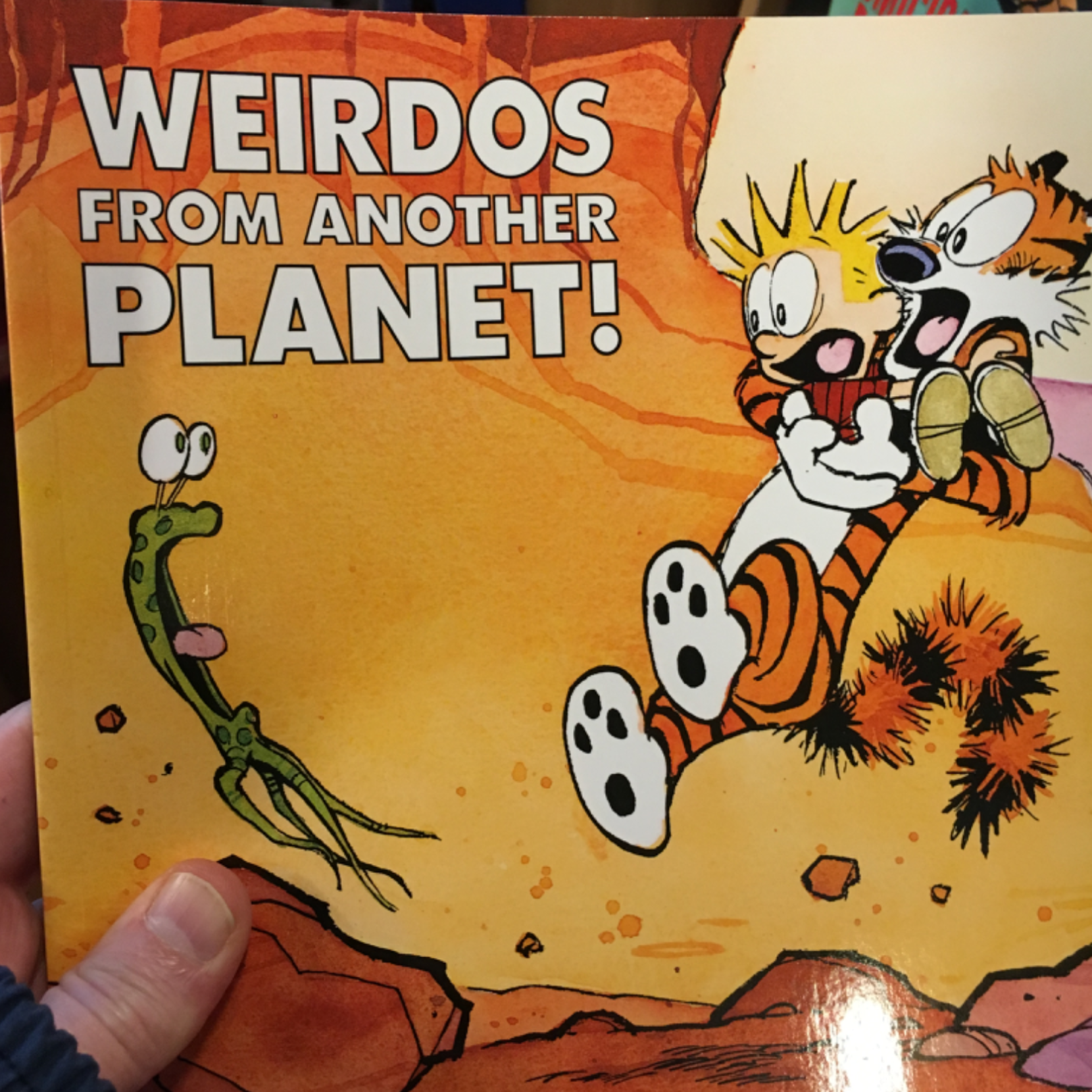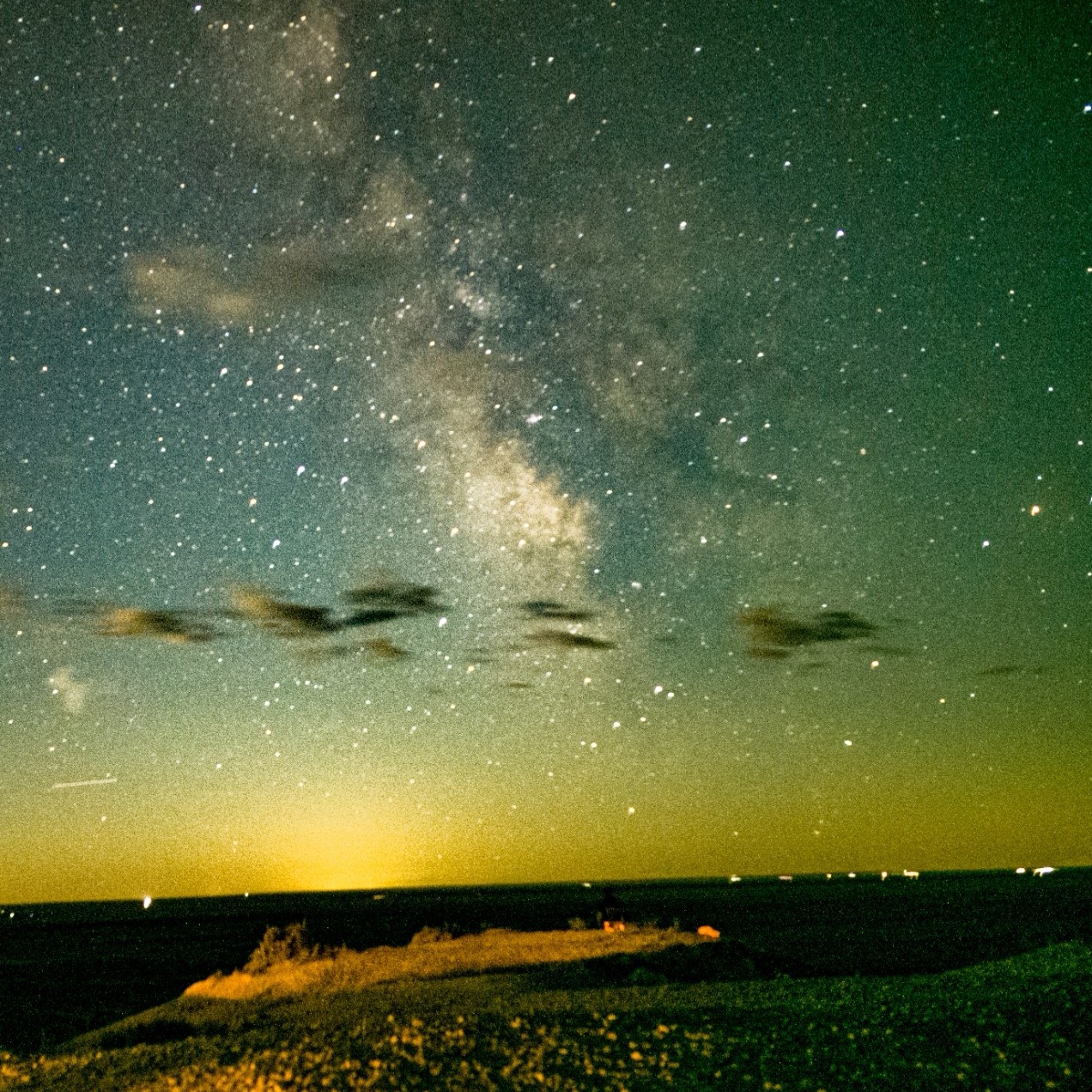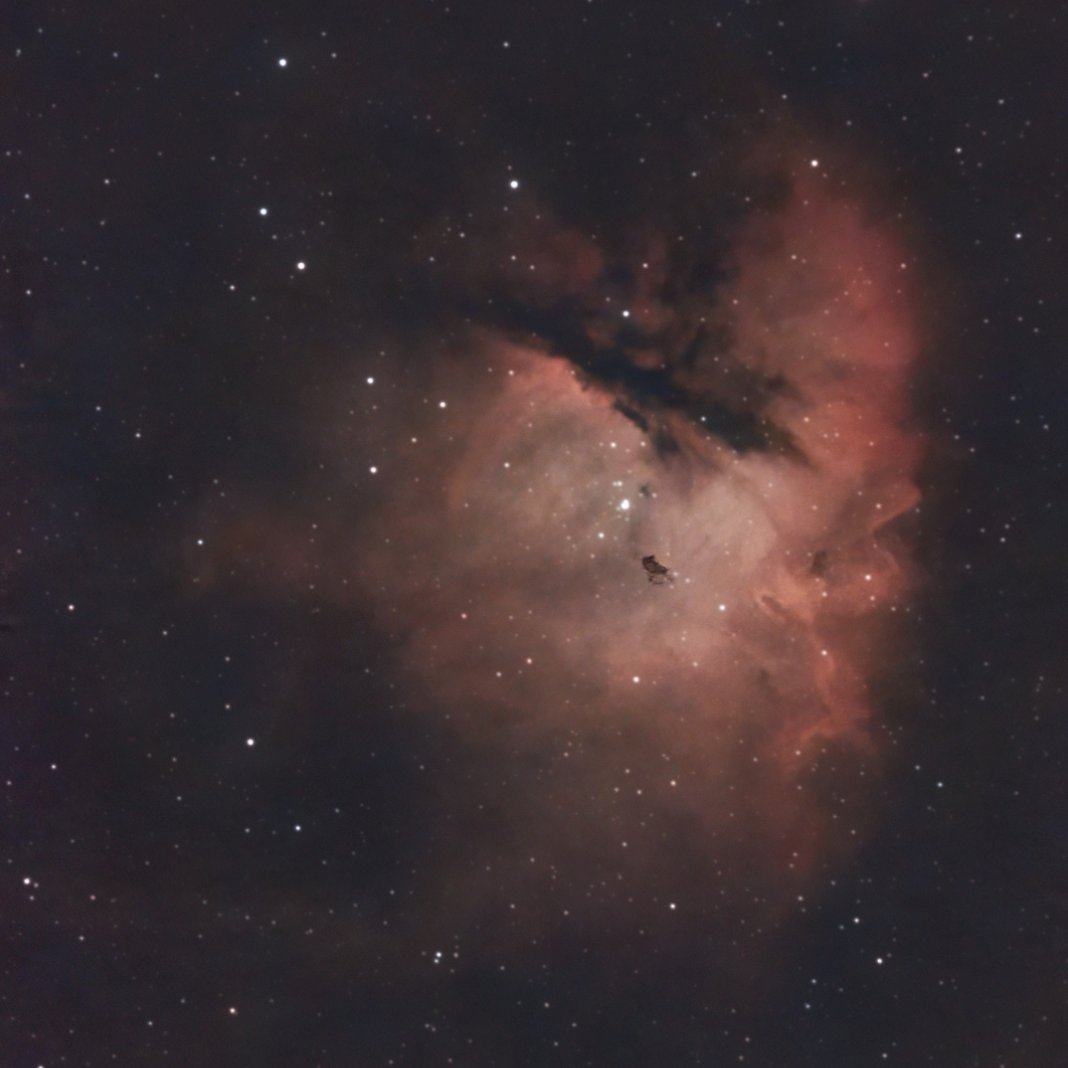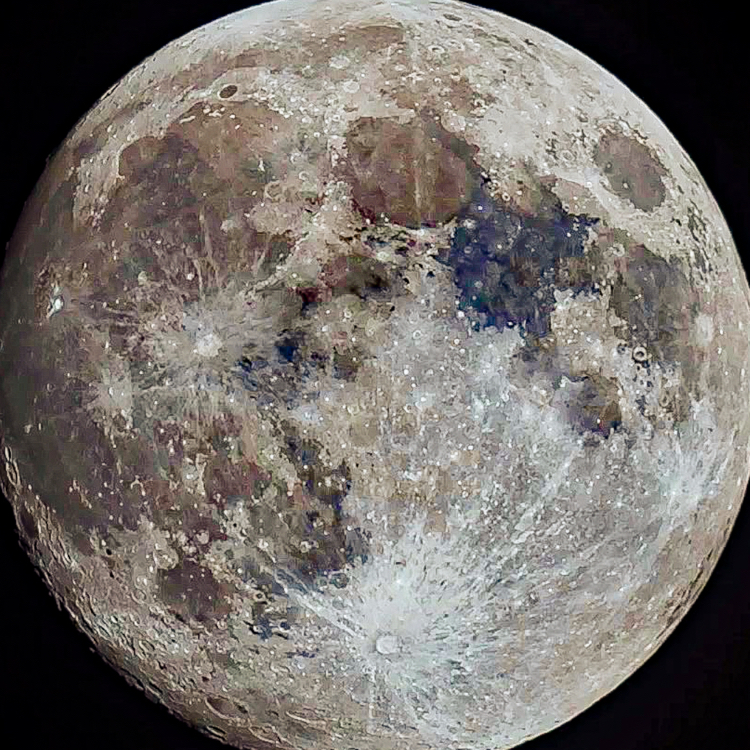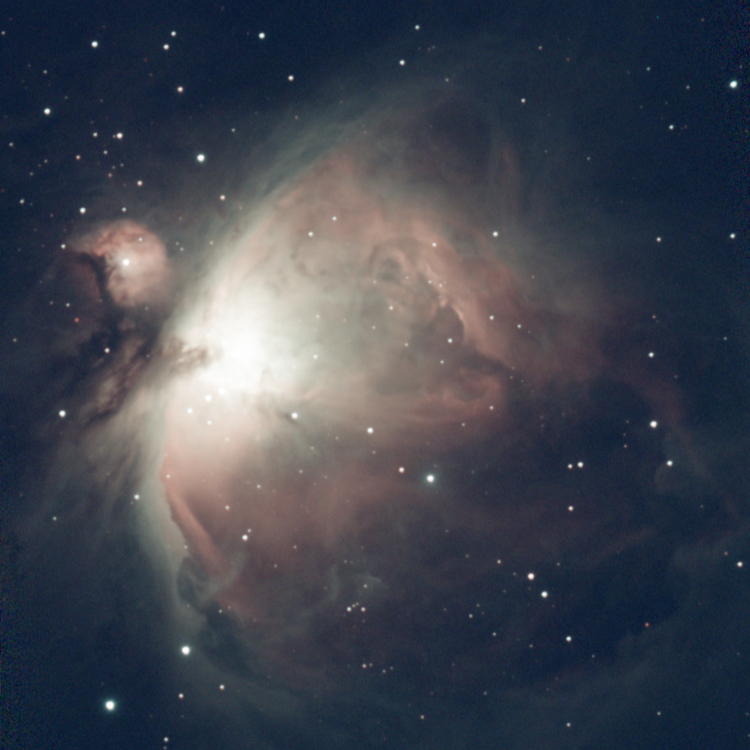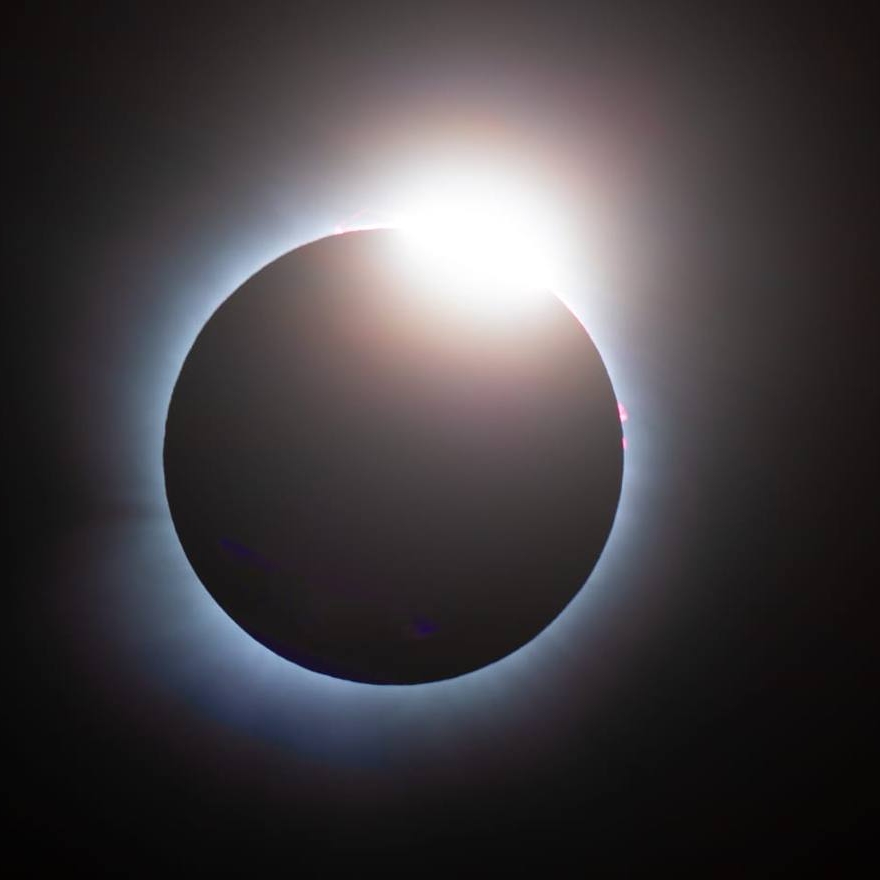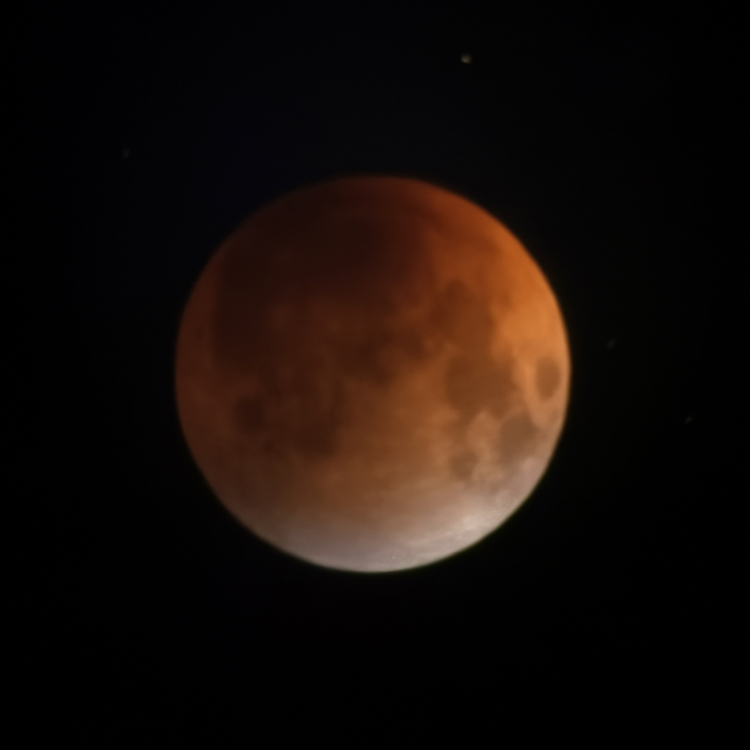

Image Processing Techniques
Creat Post
Steve Inglis
PC Spec For Post Processing using Pixinsight and or Seti AS
Hi folks. I am just about to start doing some Post Processing of my captured Seestar images. My question is around what spec PC should I use for post processing. I am thinking about using either Pixinsight or Seti AS as my main software to accomplish this task. When I see YouTube videos of pist Processing, there seems little time spent Stacking, layering etc in these videos. So I ask myself what spec are these PC's that chew through Huge numbers of images seemingly very rapidly So my question is what spec machine will be able to handle/process these intensive tasks. Currently I have a Dell Optiplex i7 Intel, 16GB Mem, 500GB SSD and integrated graphics. The monitor is a 43in high spec IPS panel. Any thoughts would be welcome Oh and not a large budget to work with Cheers Steve I
Superstar
hubble-like astro-image
How can I make hubble-like astro-images with seestar S50? From S50 we get only the image filtered by UV/IR-cut. It doesn't have the OIII and SII filters. Therefore it is not possible to make the hubble color from the point view of hardware. But maybe image processing can provide the possibility. I think we can have a good discussion here. Thanks in advance.
nonplayable
Dark Library = Free Noise Reduction
Matched darks reduce fixed-pattern and thermal noise before you even touch denoise. How to build:• Capture 20–30 darks per exposure/temperature combo you use (e.g., 10 s @ warm nights, 12 s @ cool nights).• Same exposure/gain as lights; cover/cap the optics to block light.• Refresh seasonally; retire old masters if your ambient temps change a lot. Benefit: cleaner stacks → lighter denoise → better star color and faint dust retention. #Calibration #Darks #Noise #Astroimg
heneypeter
Any advice for First PC Build for processing
Hi all after some advice for my first PC build- Looking at using pixinsight and siril for processing- what sort of build should I be looking at and what could you recommend parts wise- this build will just be used for stacking processing - so no gaming and also looking at future proofing it thank you
nonplayable
Managing Field Rotation Like a Pro
Alt-Az mounts rotate the field fastest near zenith/meridian. Rotation softens stars at the edges and costs you crop. Keep it tight:• Favor targets at 40–60° altitude when possible.• Near meridian: keep subs ≤12–15 s.• Leave 5–8% framing headroom for later crop.• Re-center/plate-solve every 20–30 min to keep the subject in the sweet spot. Pro tip: if edges look smeared but the center is sharp, you’re seeing rotation—not just tracking. Shorten subs, increase stacks.#SeestarS50 #FieldRotation #Framing #AltAz
nonplayable
Why Total Time Wins (the SNR math)
Signal-to-Noise Ratio improves with the square root of integration time: SNR ∝ √T. That means doubling minutes gives ~1.41× cleaner data; 4× minutes ≈ 2× SNR. Practical takeaways:• Chase total minutes, not heroic single-sub lengths on Alt-Az.• One target/night usually beats hopping between 3–4 targets.• Use a consistent rejection rule so extra time isn’t diluted by bad subs.Example plan: 12 s subs × 600 frames = 120 min; expect noticeably smoother backgrounds and easier color work. #Astroimg #LiveStacking #SNR #SeestarS50
nonplayable
Optimal Sub Length by Sky Brightness (Alt-Az reality)
Rule of thumb: shorter subs, more stacks. Field rotation + bright skies are the limit.• Bortle 8–9: 8–10 s subs• Bortle 5–7: 10–12 s• Bortle 3–4: 12–15 sAim for 60–120 min on bright targets, 150–240 min on faint ones. Keep star FWHM/HFR consistent; reject subs > 1.5× your median. #SeestarS50 #EAA #ExposureTime #Astroimg
Rnadoc
I have a Seestar s50 I process my images in sril but I can’t make it look good?
For example a picture made in sril @Friday666 is the maker of the picture
G.Quatraro/Bologna
CONTEXT: OVERRIDING BAYER PATTERN SETTINGS WHEN STACKING "LIGHTS" FILES WITH SIRIL.
I take astrophotos with Seestar S50 and recently started processing them with Siril 1.4.0 beta 3 version. I noticed that before the staking phase of the lights files (.fit files), Siril always performs a long pre-processing phase in which, for each light frame analyzed, a sentence in blue color says: “The Bayer pattern found in the header (GRGB) is different from the Bayer pattern in the settings (RGGB): I override the settings” (see attached screenshot). Should I correct something or change some settings on Siril or Seestar S50 in order to align the RBGB settings and avoid this long time consuming pre-processing phase? Can anyone give me some information about this? Thanks for your help. Gianpaolo Quatraro
KÖMA
Sun H Alpha processing recommendations?
Hello. My sun images are getting better. But i have some issues. I am not getting the colors and sharpness i want. Seeing is no always good. I know that its important. I have many good pics, but in the processing, the colors are not bright and the edges are not sharp. I am using a planet pro 178 cam with a cable to my phone, open live stacker runs good. Manual tracking with an az pronto mount. It is very solid and an acuter elite phoenix 40. The pics are quite good, but the processing is not ideal. I am using pi, ps, snapseed, lr and a few more programs. I tried videos with toup cam, bit in as!3 the auto zoom is too close and i can not change it. Thank you in advance. 😀

